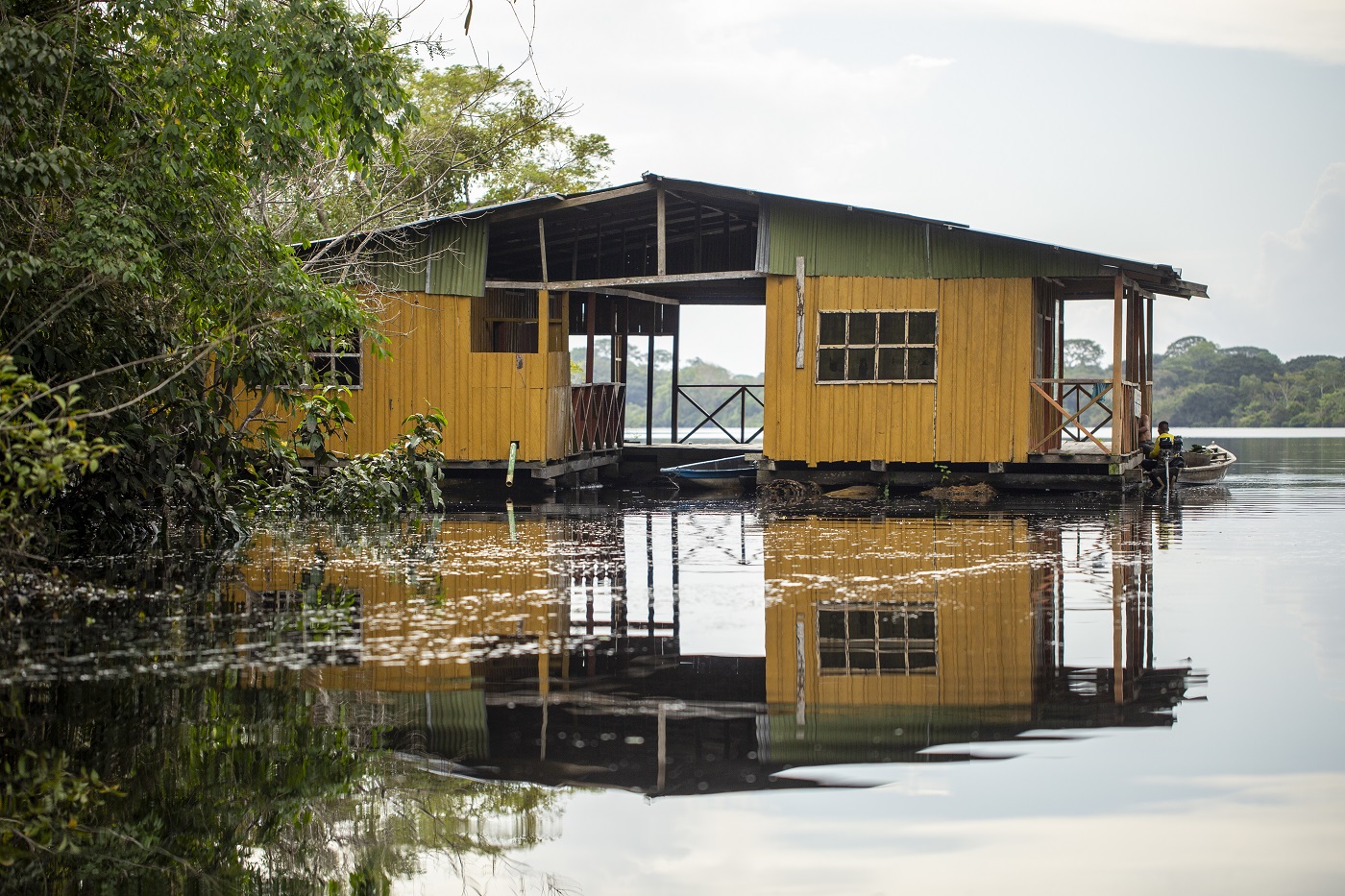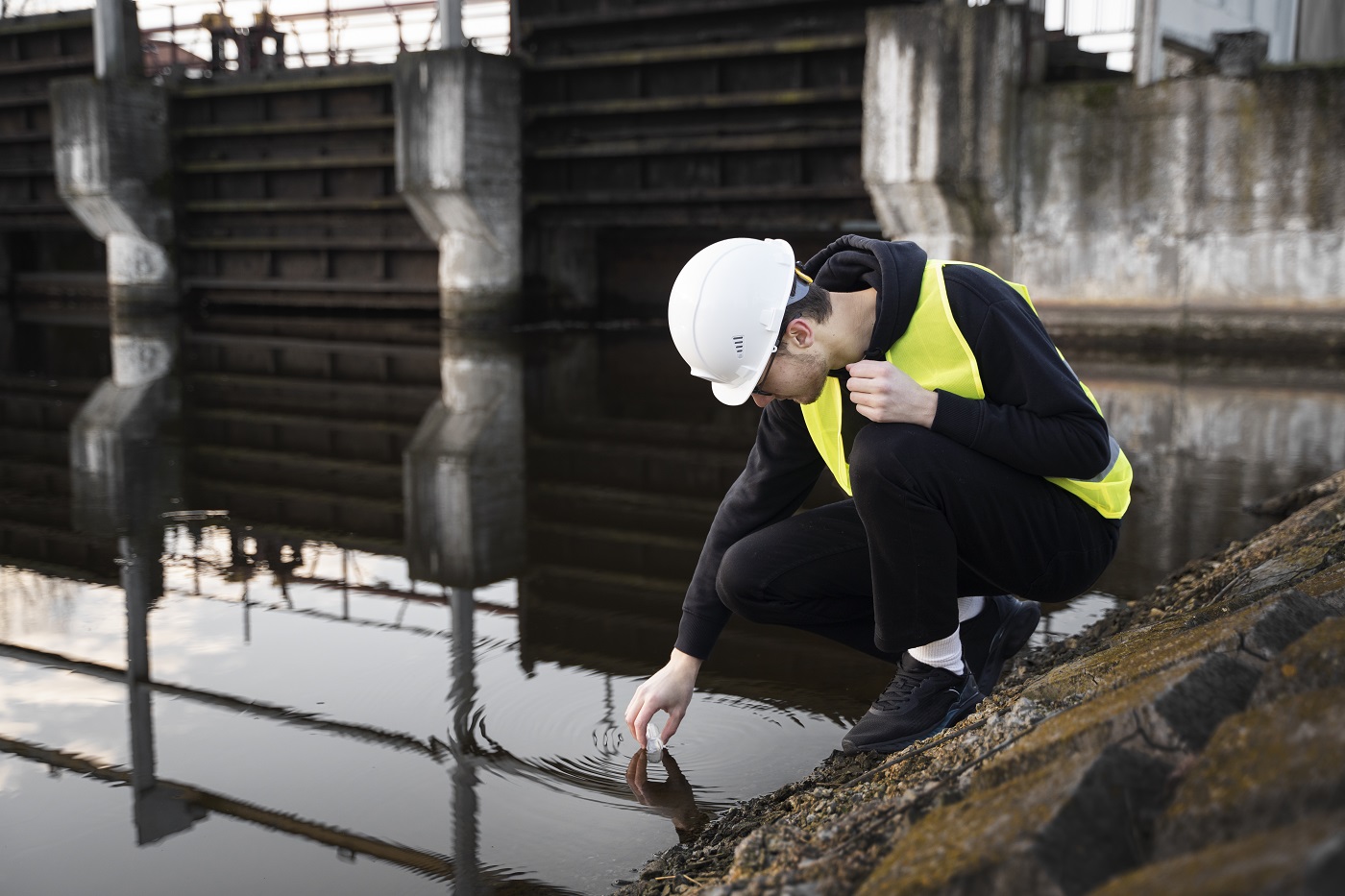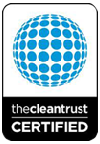Tiles are sturdy and beautiful and have the best floor and wall options. However, the same tiles may look uglier when they get dirty. Well, the good part is that you can clean your tiles regularly with minimal effort. But what about the grout?
While tiles may be the easiest for you to clean, grout isn’t. Cleaning those greasy lines requires following some practical tips. Let’s learn about tile and grout cleaning Toledo Ohio.
Tips to Clean and Restore Grout
Cleaning the grout on your tiles is not an expensive process. Of course, it requires time, but not your money. All you need to do is approach a specialist in tile and grout cleaning Toledo Ohio.
With some more effort, you can instantly give your grout a new look. Here are some of the most efficient tips for cleaning grout.
Scrubbing
For this method, you will need some lukewarm water and a brush. Start by spraying warm water over the grouts. Then, scrub them with a brush in a circular motion and let them air dry. You can also use grout brushes available in supermarkets or clean them with old toothbrushes. The best alternative is to use a medium-bristle nylon brush to avoid damaging the tiles.
Dish Soap Solution
Dish soap can do wonders for cleaning grout on your tiles. All you need to do is add dish soap to water and make a perfect solution. Later, you can mop the floor or wall with a microfiber cloth. You can also use a mop on the tiles at your convenience.
Vinegar and Water
Vinegar is the best option for mild grout stains, which can help restore your tiles to their original healthy state. Start by diluting the vinegar with equal parts of lukewarm water. Then, spray it on the grouts. You must let it stand for 5-7 minutes. Later, start scrubbing and rinse it for a proper finish.
Hydrogen Peroxide
Grouts can be tricky at times, so you may need a stronger solution to clean them properly. This involves using hydrogen peroxide. Before doing that, make sure to wear gloves because this solution can cause allergy and skin irritation.
Start by mixing hydrogen peroxide with baking soda in a bowl to make a thick paste. Apply it to the grouts with a brush and let it sit for 7-10 minutes. Repeat the scrubbing process 2-3 times before wiping the area with warm water using a mop.
Steam Clean
Steam cleaners come to your rescue when you have a more extensive area to cover. You can get these machines quickly at nearby shops or on eCommerce platforms. Ensure that you have a suitable steamer for your hard stains before using them. A machine with a medium tank capacity would be fine if you have a larger area.
Check whether you have fitted the grout brush before starting the cleaning process. Vacuum the floor or clean it to remove dust before preparing your steamer. If you find it difficult, then connect with any service provider for tile and grout cleaning Toledo Ohio.
Bleach
Bleach can remove stubborn grout stains. However, you must dilute your bleach solutions in water before using them. You can use bleach on your tiles directly or add it with baking soda.
For the first method, dilute ¾th cup of bleach in one gallon of water. Spray this solution on the stained tile grouts. Let it sit for around 15 minutes before brushing and scrubbing the grout.
Mold Remover
Sometimes, grouts can be hard to clean because of excessive mold formation. The best thing to do here is to use a mold remover that you can quickly get from nearby stores or online platforms.
Start by spraying the mold remover on the grouts and wait for a few minutes. Scrub the grouts off with a stiff brush. Clean them with lukewarm water and repeat the process if necessary.
Baking Soda and Water
Baking soda is a versatile and practical grout-cleaning agent. To clean your grout with baking soda:
- Make a thick paste by mixing equal parts baking soda and water.
- Apply the paste directly to the grout lines using a brush or your fingers.
- Allow the paste to sit for 5-10 minutes to break down dirt and grime.
After the waiting period, scrub the grout with a brush in a circular motion to lift away the stains. For an added boost, you can spray a little vinegar over the baking soda paste; this will cause a foaming reaction that helps further clean the grout. Finally, rinse the area thoroughly with warm water and dry it with a clean cloth to reveal refreshed grout lines.
Get Rid of Grout with Our Cleaning Services!
Dirty grout detracts from the appearance of your tiles. However, with the right combination of chemicals and cleaning techniques, you can instantly make your grouts neat and clean.
If you are still looking for a specialist in tile and grout cleaning Toledo Ohio consider approaching Sparkling Clean Carpet Center. We offer professional cleaning and restoration services at affordable rates. Contact us to get a quote now!







